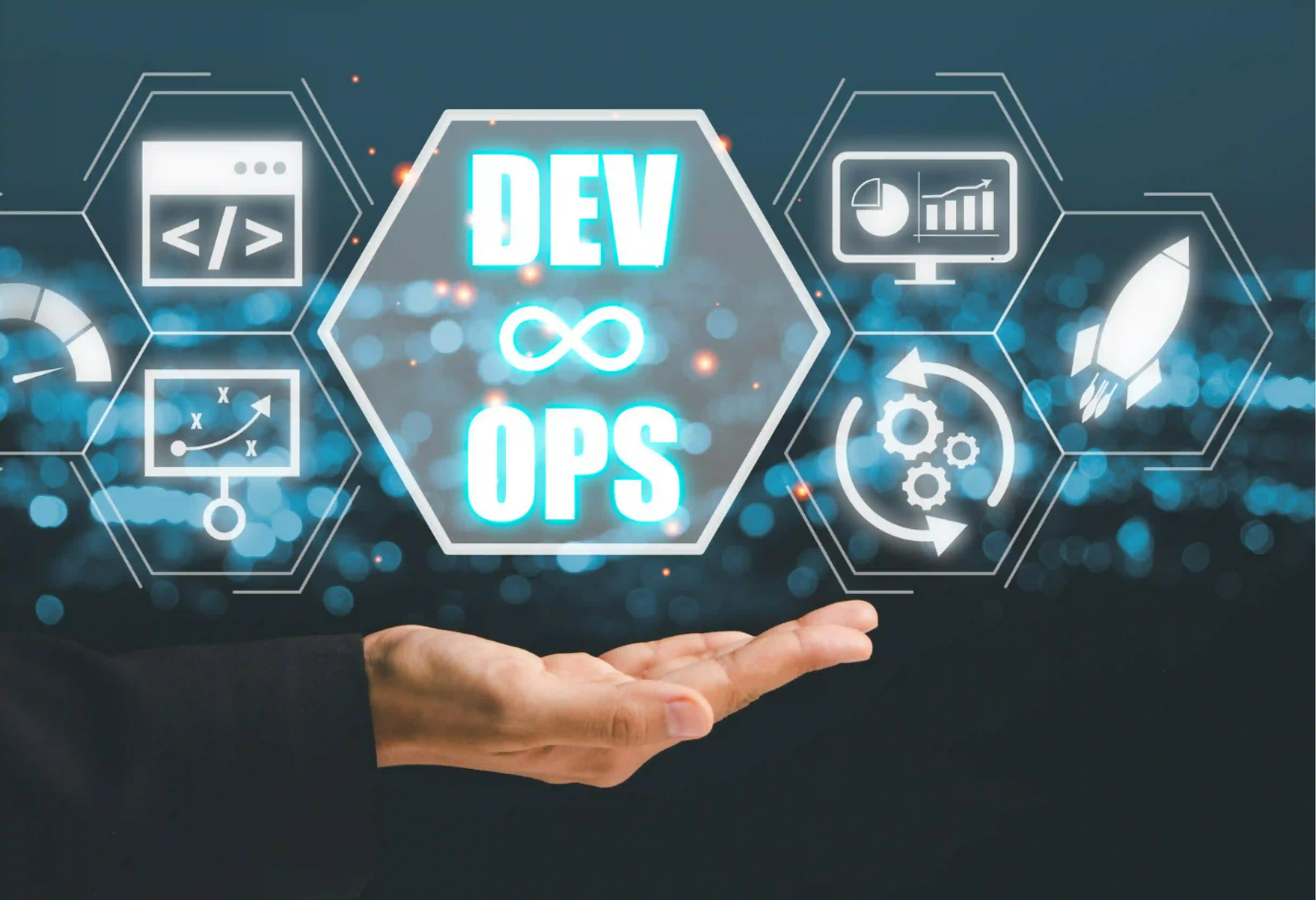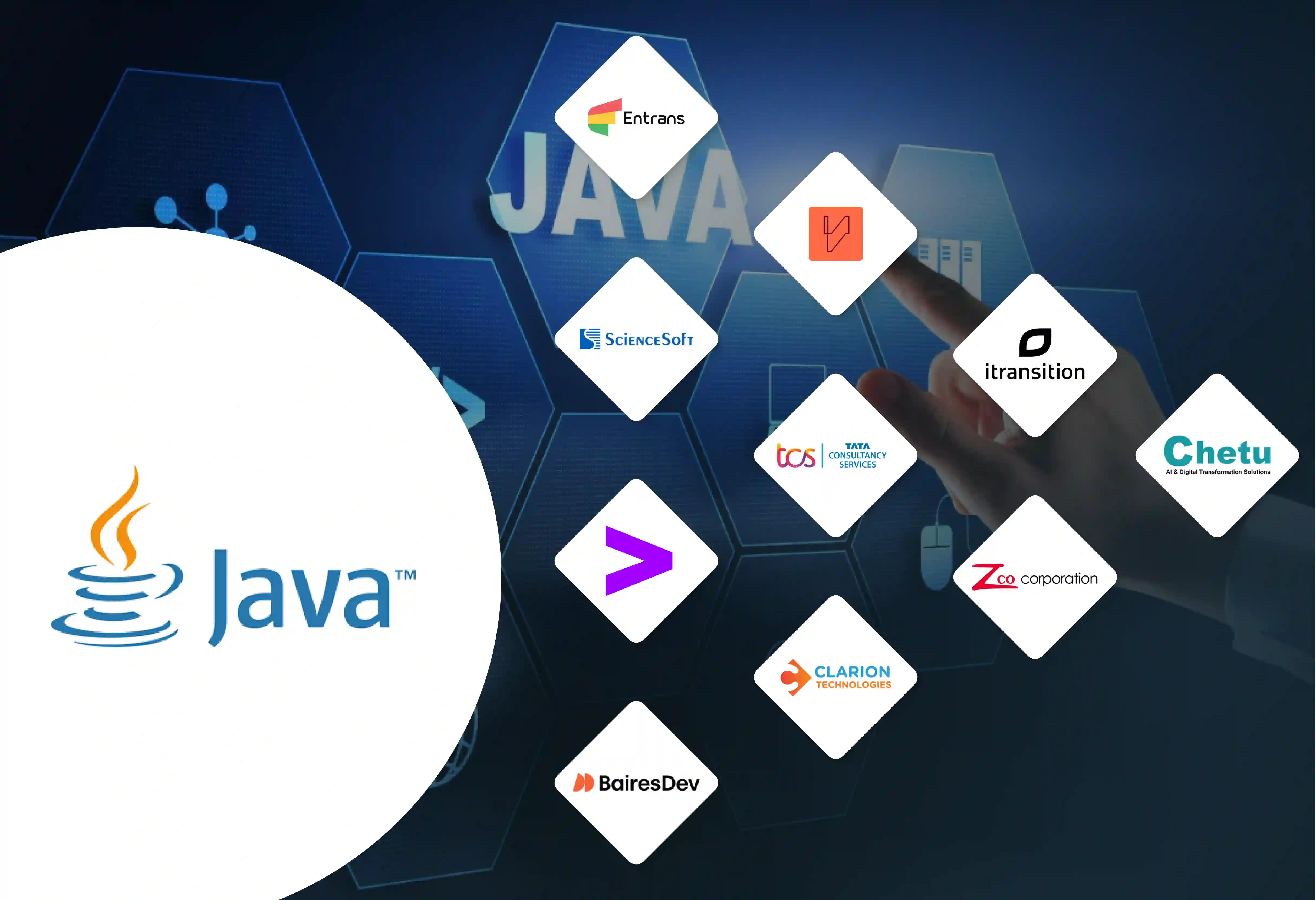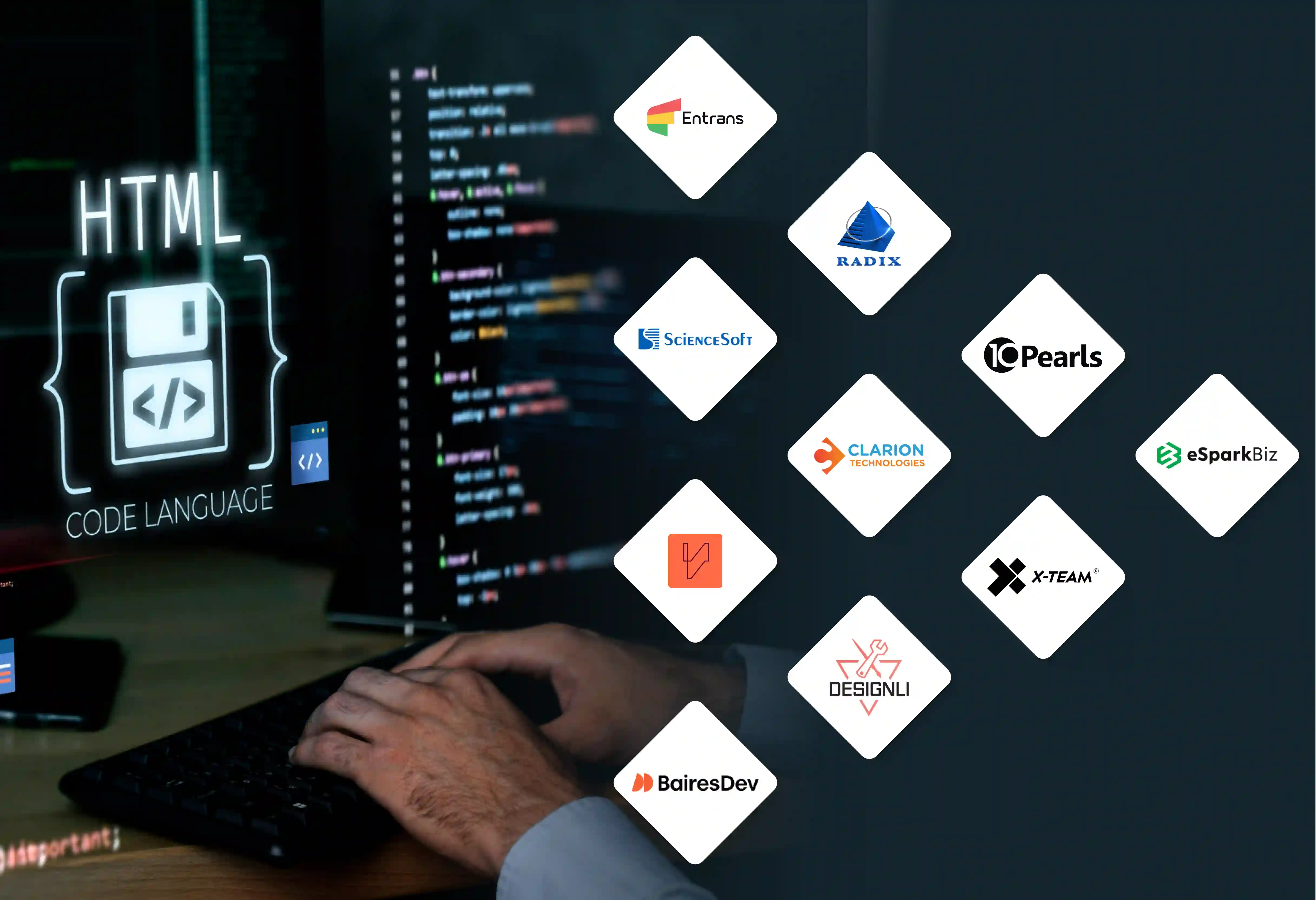


DevOps aims to improve a company’s ability to release applications and services at a faster pace - but DevOps can seem like a HUGE challenge!
This can be especially based on your project specifications and the overall size of your systems.
Still, the DORA 2019 State of DevOps report found that top-performing teams deploy code 208 times more often than low-performing teams.
It even pointed out that for these teams, the lead time for changes is also 106 times faster.
This demonstrates that applying DevOps from the start is a wise decision with tangible advantages! So to help with this, here’s what you need to know about DevOps Implementation, including its benefits, tools, and best practices.
The fundamental ideas of DevOps are consistent. However, major tech vendors often define it in a way that supports their business goals.
AWS highlights high velocity, which fits its cloud services. Microsoft points to unifying people, process, and technology.
This suits its business tools. Atlassian talks about cross-team communication to promote its software.
For business leaders, this is an important observation. A genuinely successful plan needs a full, vendor-neutral understanding that combines these views.

The main principle of DevOps is removing business separation and creating a shared ownership of a product's entire lifecycle, from beginning to end.
The link between this culture and technical work is direct.
A cooperative culture is a requirement for continuous work. Without it, a shared code repository becomes a place of conflicting updates.
CI/CD is the technical engine of DevOps. Continuous Combination (CI) is a practice where engineers often merge code changes into a central repository. This action starts automated builds and tests.
Doing this helps teams find combination issues early. At that stage, they are simpler and less costly to fix. Continuous Delivery (CD) logically follows. This automates the release of checked code so it is always ready to deploy.
IaC is the practice of managing computing systems through machine-readable files instead of manual setup. Systems are treated like application code.
This means they can be stored in version control, tested, and deployed through automated pipelines. This method makes certain that environments are set up in a consistent, repeatable, and auditable way.
The shift-left method moves quality assurance and security activities earlier in the software development lifecycle. Testing and security are built into the development process from the start. They are not checked at the end.
This is mainly a financial choice. The cost to fix a bug or security issue grows a lot the later it is found. Finding a flaw during coding is much cheaper than fixing it in production.
The benefits of DevOps implementation are connected. They create a positive cycle. Improvements in one area help support gains in others. For example, faster speed from automation allows for smaller, less risky releases.
This improves dependability. Better dependability builds trust, which encourages more automation and leads to even greater speed. This cycle lets top-performing companies speed up and improve continuously.
By automating the release pipeline, DevOps implementation greatly shortens the lead time from idea to deployment. This speed lets businesses launch new features faster than competitors.
The change this brings is shown by companies like Amazon and Netflix. They use DevOps implementation services to manage huge systems and deploy thousands of updates daily.
The idea that speed increases risk is not true with DevOps implementation. Mature DevOps implementation practices lead to more stable systems.
In DevOps implementation services, the use of automated testing, small releases, and consistent environments through IaC greatly cuts down on deployment failures.
The cultural value placed on communication and shared responsibility builds more effective teams.
By automating repetitive, low-value tasks, DevOps implementation services free up engineers to work on creative, high-impact projects.
A successful DevOps implementation in a large business is a complex, multi-year journey. It is important to know that your DevOps implementation plan is a tool for managing company change and politics.
A DevOps implementation strategy is also a tool for managing technology. Its structure is made to build momentum. With this DevOps implementation services also lower the risk of the investment by showing value in steps.
The first phase is about setting the groundwork and getting support. DevOps implementation service providers and teams aim to achieve a clear early victory to build momentum.
This phase of your devops implementation plan is to set up the foundation and prove the value of DevOps implementation on a small scale.
After the pilot shows success, the work shifts to expanding DevOps implementation practices to more teams. This phase also introduces more advanced functions.
The goal of your DevOps implementation strategy here is to systematize and grow the successful practices across the company.
In this phase, DevOps implementation practices are part of the daily work. The work shifts to ongoing optimization.
A key point to manage in this stage of your DevOps implementation strategy is the tension between this set roadmap and the agile principle of responding to change. The solution is to treat your DevOps implementation plan as a guide, not a fixed plan.
No single tool is a DevOps implementation tool. Instead, businesses assemble a toolchain. A toolchain is a collection of connected tools that support the lifecycle. The choice between tools often shows a deeper architectural belief.
Jenkins represents a best-of-breed, highly customizable path. It often needs special skills. In contrast, platforms like GitHub Actions represent an all-in-one path. This path values a simple developer experience over endless customization.
Jenkins is common in many businesses. However, user communities often call it a legacy tool that can be complex to set up and maintain.
The most common reasons for failure are related to people and company structure, not technology. A key mistake is creating a new, separate group called the DevOps Team. This team would sit between Dev and Ops.
This would defeat the purpose of removing isolated teams. Another mistake is letting knowledge be held by one DevOps implementation Hero.
This creates a dangerous bottleneck and a single point of failure. Lastly, avoid chasing new tools. First, understand the main principles. Then, pick tools that fit your process and culture.
To manage a DevOps implementation, you must measure its impact. The most accepted framework is the DORA metrics. They give a balanced view of both delivery speed and operational stability.
Aiming for speed alone at the expense of stability will likely result in shipping bugs faster. These four metrics must be tracked as a balanced set.
Entrans has hands-on skills across key technical areas of DevOps. We are prepared to handle Systems as Code (IaC) using tools like Terraform and can help with CI/CD pipeline optimization with Jenkins and Azure DevOps.
We also work with containerization with Docker and Kubernetes. Do you want to improve stability but are worried about downtime?
We specialize in setting up zero-downtime delivery models. We use advanced deployment methods like blue-green and canary deployments to lower risk during production releases. This helps your DevOps process stay current and updated in real time.
We can also handle projects and DevOps implementation requests under an NDA for full confidentiality.
Want to know more? Feel free to reach out for a free consultation call!
The future of DevOps implementation points toward more abstraction, intelligence, and connection. DevSecOps is a key development.
In doing this, you make security part of every stage of the lifecycle. The growth of AIOps will bring intelligent automation. This will be used for predictive analytics, automated root cause analysis, and self-healing systems.
These two areas must develop together. DevSecOps companies like Entrans give the needed guardrails and trust for the intelligence that AIOps delivers. An AIOps project without a matching investment in DevSecOps is a major business risk.
The most significant difficulties in DevOps are human and structural rather than technical. Key problems include cultural resistance to new processes and moving from legacy systems. The burnout caused by managing complex toolchains is another issue. Furthermore, many people misunderstand DevOps as simple automation. They overlook the essential cultural shift required.
There is no set timeline. DevOps is not a project with an end date. It is a continuous journey of improvement. Users on Quora say it can take a year or more just to feel comfortable with the tools. Learning is an ongoing activity. For a business, the journey is long. It involves deep cultural changes and updating old systems.
The most widely respected framework is the DORA metrics. They present a balanced view of performance. The metrics are Deployment Frequency, Lead Time for Changes, Change Failure Rate, and Time to Restore Service (MTTR).
No, a complete rewrite of a large old application is almost always discouraged by experts. It is risky, expensive, and often fails. Instead, experts suggest a step-by-step method. One such method is the Strangler Fig Pattern. This is a technique for evolutionary architecture. It involves building new functions as modern microservices. These slowly take over from the old system until it can be retired.
The general recommendation for a pilot project is to start with a modern, cloud-hosted tool. It should be closely connected with your source code management platform. Tools like GitHub Actions and GitLab CI/CD are often recommended for their simple use. This lets the team learn CI/CD concepts without the initial work of managing a self-hosted server like Jenkins.
Lorem ipsum dolor sit amet, consectetur adipiscing elit, sed do eiusmod tempor incididunt ut labore et dolore magna aliqua. Ut enim ad minim veniam, quis nostrud exercitation ullamco laboris nisi ut aliquip ex ea commodo consequat. Duis aute irure dolor in reprehenderit in voluptate velit esse cillum dolore eu fugiat nulla pariatur.
Block quote
Ordered list
Unordered list
Bold text
Emphasis
Superscript
Subscript






